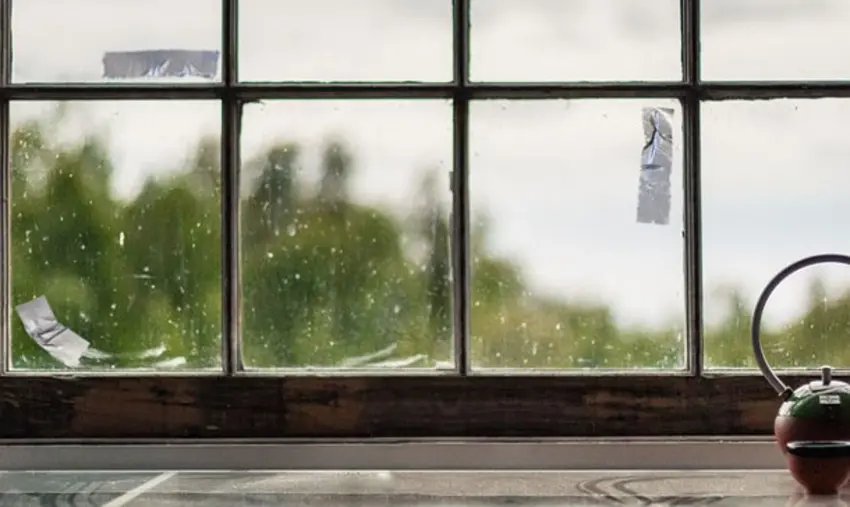Maintaining your window tint can significantly enhance its lifespan and appearance. Regular cleaning with a gentle solution will help prevent dirt and grime from building up. Use microfiber cloths to avoid scratching the surface, as this material is soft yet effective for cleaning.
Keep an eye on potential issues, like bubbling or peeling, which could lead to sticky residue if not addressed promptly. If you notice these signs early, consider reapplying the tint or consulting a professional before things escalate.
For those living in areas with high humidity or extreme temperatures, it is wise to choose high-quality tints designed specifically for your climate conditions. This proactive step can reduce the chances of residue forming over time.
Understanding the Problem

Sticky residue on window tint can be a real eyesore. It often compromises both appearance and visibility. Understanding the issue is the first step toward finding a solution.
This residue usually stems from adhesive breakdown over time. Sun exposure, temperature fluctuations, and humidity can weaken the glue that holds your tint in place. As it deteriorates, remnants may cling stubbornly to the glass surface.
Sometimes cleaning products contribute to the problem too. Harsh chemicals or improper application methods can leave behind unwanted residues that are difficult to remove.
Common Causes of Sticky Residue on Window Tint
Sticky residue on window tint can be quite frustrating. Several factors contribute to this problem, making it a common issue for many car owners.
One primary cause is the adhesive used during installation. Over time, exposure to heat and sunlight can degrade the glue, leading to a sticky feel that’s hard to ignore.
Another culprit is improper cleaning products. Using harsh chemicals or abrasive materials can damage the tint and leave residues that attract dirt and grime.
Environmental factors also play a role. Humidity and temperature fluctuations cause condensation under the film, weakening its adhesion over time.
DIY Methods for Removing Sticky Residue

Removing sticky residue from window tint can be straightforward. Several DIY methods can be tried using common household items.
Start with warm, soapy water. Mix a few drops of dish soap in warm water, then apply it to the affected area using a soft cloth or sponge. Let it sit for a minute before gently rubbing the residue away.
Another effective option is vinegar. Its acidity easily breaks down sticky substances. Spray white vinegar directly on the residue and let it soak for 5-10 minutes before wiping clean with a microfiber towel.
For tougher spots, consider using rubbing alcohol or adhesive remover. Apply these with caution; use sparingly and always test on an inconspicuous area first to ensure they won’t damage your tint.
Professional Solutions for Stubborn Residue
When DIY methods fail, it’s time to consider professional help. Specialists have tools and products designed for tough residue removal. They also understand the intricacies of window tint materials, minimizing damage risks.
Professionals often use steam cleaners or specialized solvents that penetrate sticky substances without harming the film underneath. This method is effective and usually quick, restoring clarity to your windows.
If you need help tackling stubborn spots, schedule an appointment with a local tinting expert. Their experience can save time and frustration while ensuring your windows look great again.
Preventing Sticky Residue in the Future
Proper maintenance is essential to prevent sticky residue from forming on your window tint. Regularly cleaning the tinted surfaces with a soft microfiber cloth can help keep them clear of dust and grime.
Use a gentle solution specifically designed for window films. Avoid harsh chemicals or abrasive materials that could damage the tint and leave behind unwanted residues.
When parking your vehicle, try to avoid prolonged exposure to direct sunlight. Excessive heat can exacerbate adhesion issues over time.
Act quickly if you ever need to remove something stuck on the tint. The sooner you address it, the less likely it will become a permanent problem.
Protective films or coatings designed for tinted windows are used. These products can create an additional barrier against potential contaminants while maintaining clarity and appearance.




